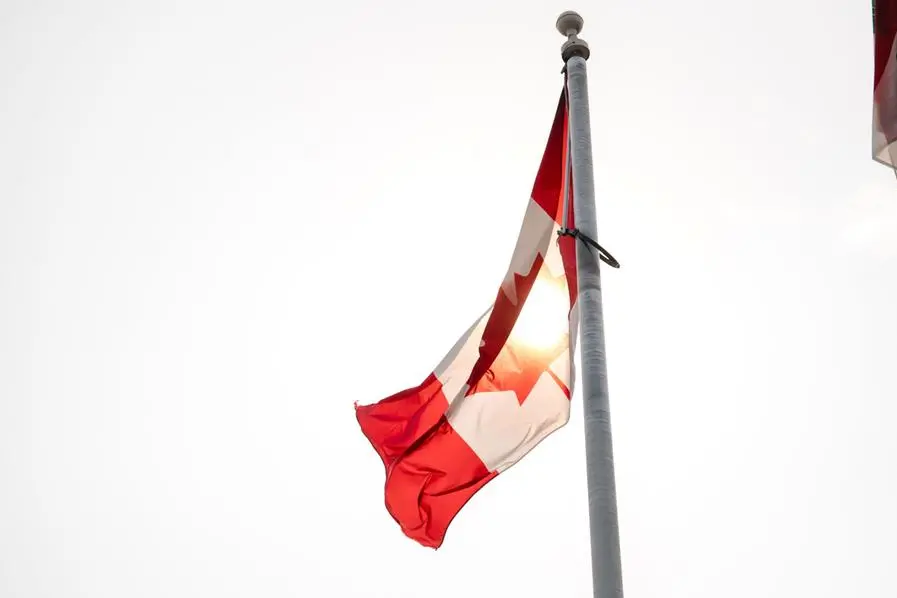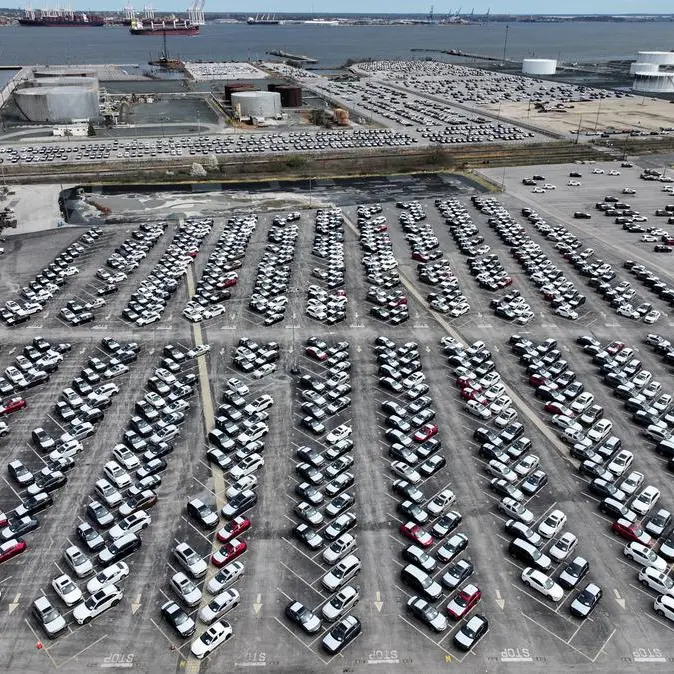PHOTO
The sun passes through a Canadian flag at the chalet on top of the Mont Royal in Montreal, Quebec, Canada, on June 5, 2023. - The forest fires burning in the North of Quebec are causing smoke in the lower regions of Quebec and Ontario. Canada is facing a dire wildfire situation through the coming months, officials warned on Monday after vast swaths of forests and grasslands from its Pacific to Atlantic coasts have been scorched. (Photo by ANDREJ IVANOV / AFP)
Canada's inflation rate fell to 3.4 percent in May, resuming -- after a small uptick the previous month -- a downward trajectory from last year's recent high, the government statistical agency said Tuesday.
The slowdown from 4.4 percent was "largely driven by lower year-over-year prices for gasoline," which fell 18.3 percent, Statistics Canada said in a statement.
The cost of mortgage interest, up 29 percent, meanwhile, was the largest contributor to overall rising prices, the agency said.
Grocery costs -- the subject of a recent grilling of grocery store executives at parliamentary committee hearings -- also continued to rise in May, led by higher edible fats and oils, bakery products and cereals.
And prices for restaurant meals rose at a slightly faster pace amid ongoing labour shortages and higher input costs.
Canada's competition bureau said in a report that coincided with the inflation data release that the grocery industry was concentrated in too few hands, with three grocers -- Loblaws, Sobeys and Metro -- collectively reporting more than Can$100 billion in annual sales.
Prices for durable goods, such as furniture and passenger vehicles, grew at a slower pace as supply chain pressures eased, according to Statistics Canada.
Canadians also paid less for cellular services in May.
The Bank of Canada earlier this month raised its key lending rate to 4.75 percent just three months after becoming the first major central bank to pause its aggressive monetary policy.
All eyes are on the latest economic data for hints of its next move, ahead of a July rate decision.
Desjardins analyst Royce Mendes predicted that another 25 basis point rate hike was "a done deal."
"Don't be fooled by the sharp drop off in the headline inflation rate; underlying consumer prices growth is still running at a heady pace in Canada," he said in a research note.























